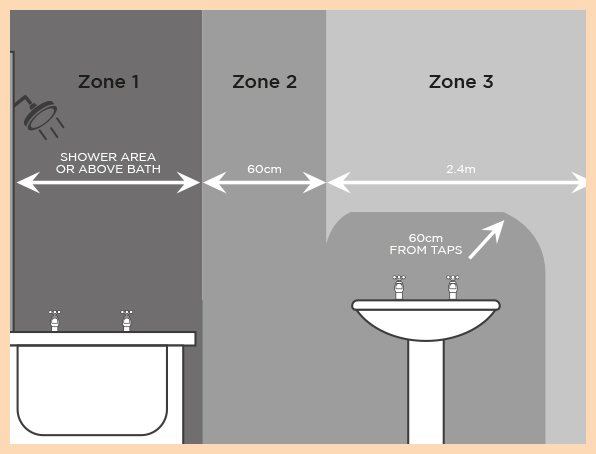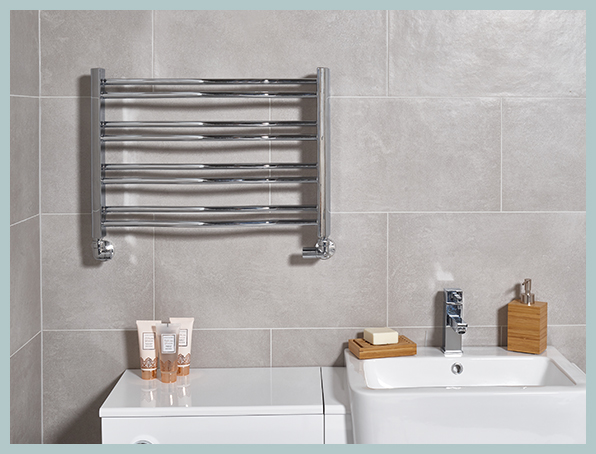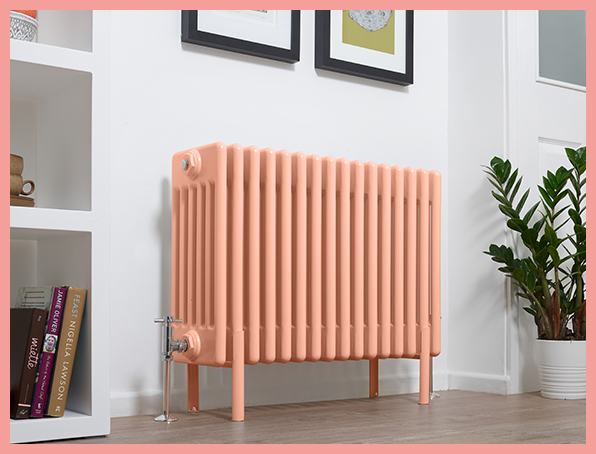Basic Heat Loss Calculator
The Ultraheat Basic Heat Loss Calculator is provided as a guideline to estimate a suitable radiator output that will keep your room at an efficient yet comfortable temperature.
According to EN442, inlet water temperature of 75°C, outlet water temperature of 65°C, and room temperature of 20°C are assumed. All heat output figures shown in our publications are aligned to EN442.
The total heat output of the radiator you choose must compensate for the heat loss of your room, so that it will maintain the interior temperature at 20°C. The following calculation will give you an indication of your heat loss. If you have limited wall space or a very large room, you can install more than one radiator per room.
It is advisable to locate radiators near windows and doors, where heat loss is highest.
MEASURE YOUR LIVING ROOM IN METRES:
Height _m : Length_m : Depth_m
ie : H:2.64m, L:3.65m, D:4.94m
CALCULATE THE VOLUME OF THE ROOM:
H x L x D = cubic metres
ie : 2.64 x 3.65 x 4.94 = 47.60 cubic metres
MULTIPLY BY A COEFFICIENT FOR EACH DESIRED ROOM TEMPERATURE:
42: bedrooms (to achieve 18°C)
52: bathrooms, wc, living, study, dining etc (to achieve 21°C)
IN OUR EXAMPLE:
The living room (52): 47.60 x 52 = 2475 watts
The heat loss in the living room is 2475 watts, but we need to consider the following factors for a better result – we need to add 10% for every factor given here below:
- Outside walls: if it is a corner room, calculate two outside walls, which means (10% and 10%)
- Northern aspect room
- Ceiling height more than 2.7m
- Excessively large windows
- Single glaze
- Outside temperature assumed as -1°C, but if you would like to assume -2°C add 10%, -4°C add another 10%, -10°C add another 10%
IN OUR EXAMPLE, WE HAVE:
One outside wall, and one excessive window.
2475 x 1.1 x 1.1 = 2970 watts or 2554 kcal or 10144 btu – the final heat loss calculation.



